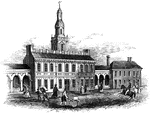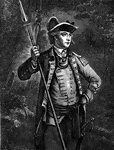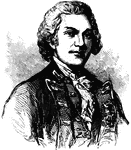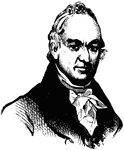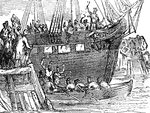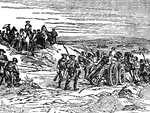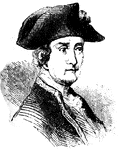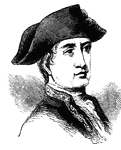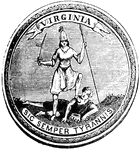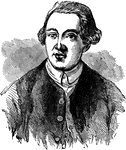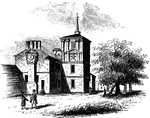
State House
"Walnut Street front of the State House in 1776. This gives the appearance of the shorter steeple, which…
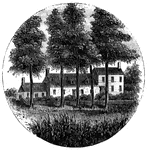
Steuben's Head-Quarters
Steuben's head-quarters. This view is from the field in front of the house, looking north. The dwelling…

Baron von Steuben
"Baron von Steuben, a trained German soldier, who had been a pupil of Frederick the Great, joined the…
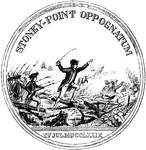
Stewart Medal Back
"Medal awarded to Major Stewart. This represents the medal the size of the original. On the back side…
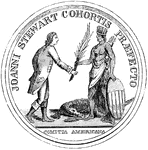
Stewart Medal Front
"Medal awarded to Major Stewart. This represents the medal the size of the original. The device is America…
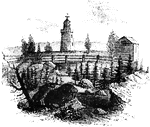
Stony Point
"Rear view at Stony Point. This sketch presents a rear view of the old embankments of the fort, and…

Thomas Sumter
(1734-1832) Public official and soldier that led campaigns during the American Revolutionary war.
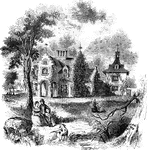
Sunnyside
"View of 'Sunnyside,' the residence of Washington Irving. Built by Wolfert Ecker and known famously…
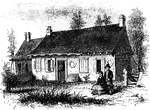
Tappan head-quarters
"Washington's head-quarters at Tappan. This view is from the yard, near the well. The date of its erection…
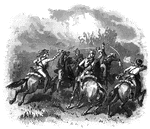
Tarleton encounter
"The encounter between Tarleton and Colonel Washington."—E. Benjamin Andrews, 1895
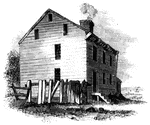
Tavern at Elizabethport
Old Tavern at Elizabethport. This view is looking eastward. In the distance, on the right, is seen a…
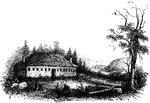
Temple
"The Temple. This view is from the site of the Temple, looking southeast. In the distance is…

The Falls
View below the Falls. This view was taken from under the bridge, looking down the river. The cave opens…
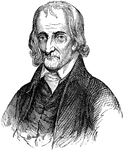
Charles Thomson
Charles Thomson (November 29, 1729 – August 16, 1824) was a Patriot leader in Philadelphia during…
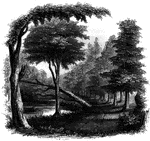
Toby's Eddy
View near Toby's Eddy. The Moravians had established six missionary settlements in the vicinity of the…

Tonomy Hill
"Top of Tonomy Hill. This view is from the northside of the hill, looking south. The wall appearance…

Torn Rock
"Torn Rock. This view is from the verge of the dam above the Ramapo works, near the rail-way, looking…
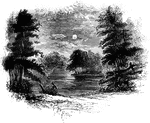
Trading Ford
"Trading Ford. This view of the Trading Ford, where greene, with Morgan and his light troops, crossed…
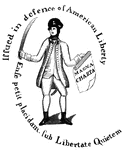
Treasury Note
"Reverse of a Massachusetts Treasury note. This is a fac simile of the device on the back of one of…
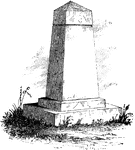
Treaty Monument
"Treaty Monument. This monument stands near the intersection of Hanover and Beach Streets, Kensington,…
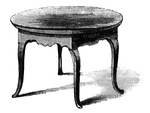
Treaty Table
The Treaty Table. The table on which the capitulation was drawn up and signed was still in possession…

Trenton
"Trenton Bridge and vicinity. This view is from the north side of the Assanpink, a few rods above the…

William Tryon Seal
"Seal and signature of Tryon. William Tryon was a native of Ireland, and was educated to the profession…

Tryon Palace
"Front view of Tryon's Palace. The view here given was the north front, toward the town. The center…

Seal and Signature of Tryon
The seal and signature of William Tryon. Tryon was the royal governor North Carolina and New York. The…

Tuckesege Ford
"View at Tuckesege Ford. This view is from the western bank of the Catawba, looking down the stream."—Lossing,…
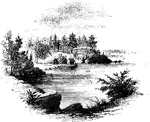
Turtle Bay
"View at Turtle Bay. Turtle Bay is a small rock-bound cove of the East River, at the foot of Forty-seventh…
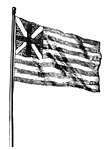
Union Flag
"Union Flag. The first recognized Continental Standard, raised for the first time January 2, 1776."—E.…

Washington's Headquarters at Valley Forge
The headquarters in Valley Forge of General George Washington during the American Revolution.
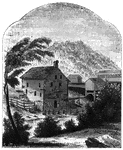
Van Schaick's Mill
Van Schaick's Mill. This view is taken from the left bank of the Walloomscoick, a little below the bridge.…

Van Wart's Monument
"Van Wart's monument. The following are the inscriptions upon this monument: North Side: 'Here repose…
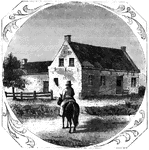
Vankleek House
The Vankleek House. It was built by Myndert Vankleek, one of the first settlers in Dutchess county,…
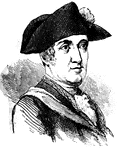
Jean Baptiste Donatien de Vimeur, Count De Rochambeau
(1725-1807) In charge of the French army that joined the Continental Army and fought in the American…

Walnut Street Prison
"The Walnut Street Prison. This edifice was erected in 1774, and taken down in 1836. The beautiful new…
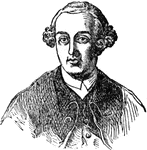
General Gouverneur K. Warren
General Warren fought in the Battle of Bunker's Hill during the American Revolution.
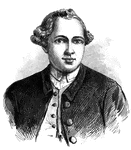
Joseph Warren
"Joseph Warren, of Boston, the idol of Massachusetts, was shot while leaving the redoubt of the Battle…
